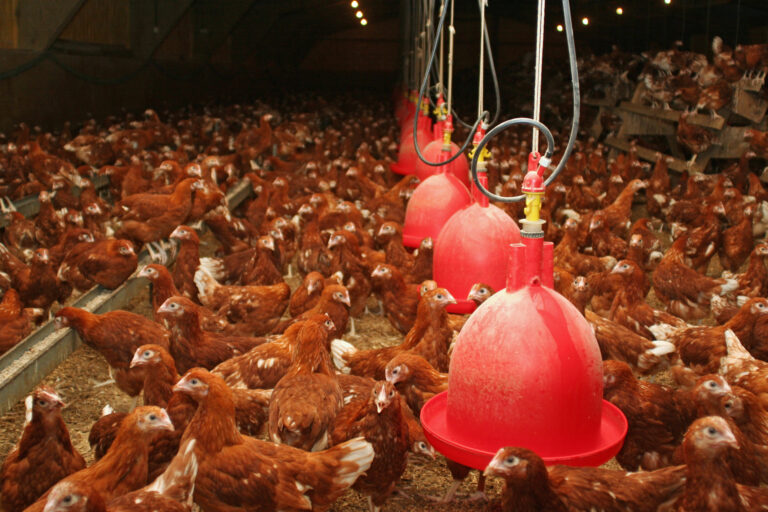Formic acid has been approved as a feed additive in a decision one manufacturer said would lead to “huge modifications in feed industry daily practices. “
Formic acid is now classified as one of the “hygiene condition enhancers” of the EU register of feed additives for the coming decade. This means that formic acid can be added to any raw material or feed as a bacterial decontaminating agent, including but not limited to salmonella, to improve feed hygiene. For the time being formic acid is the only product approved for this application.
The new functional group recognises formic acid’s antibacterial efficiency in dry substrates such as compound feed or any of the dry raw materials entering into feed formulation. The maximum allowed dosage is 10 kg / ton of substrate.
As a part of the consortium that applied for this new classification, Swedish formic acid producer Perstorp said it was pleased with the outcome. “Feed hygiene and feed decontamination are core activities for Perstorp” “said Christophe Michaut, Feed Hygiene Business Development Manager at Perstorp. “We provide several recipes dedicated to feed hygiene and bacterial load control. However, these recipes are only part of the answer. A control plan is needed is order to measure bacterial load before-after feed decontaminating actions. The target is to decrease enterobacteriaceae loads in the feed or feed ingredients with 2 to 4 log cycles.”


